TL;DR
Virtual renovations use remodeling visualization to transform real estate photos into digital renovation previews. Done right, they bridge the imagination gap, lift listing performance, and give agents and sellers a credible way to showcase listing upgrades before spending a dollar on demo.
Opening Context

Virtual renovations help buyers envision modern upgrades directly from listing photos online.
Most buyers start their search online, so virtual renovations in real estate photos can influence interest and ROI before a showing ever occurs. You can scroll a dozen listings in a minute. Dated oak cabinets. Brown tile from 1994. A half-finished backyard. Even savvy buyers struggle to visualize potential, which is why virtual renovations for property listings matter right now. These digital remodels act as renovation previews, showing feasible listing upgrades and design options in context. Used ethically, they accelerate decisions and reduce hesitation by making the what-if feel like a clear plan. In a market where attention is scarce, AI remodeling and digital renovation tools let agents present the home buyers want to see without swinging a hammer.
What Are Virtual Renovations?
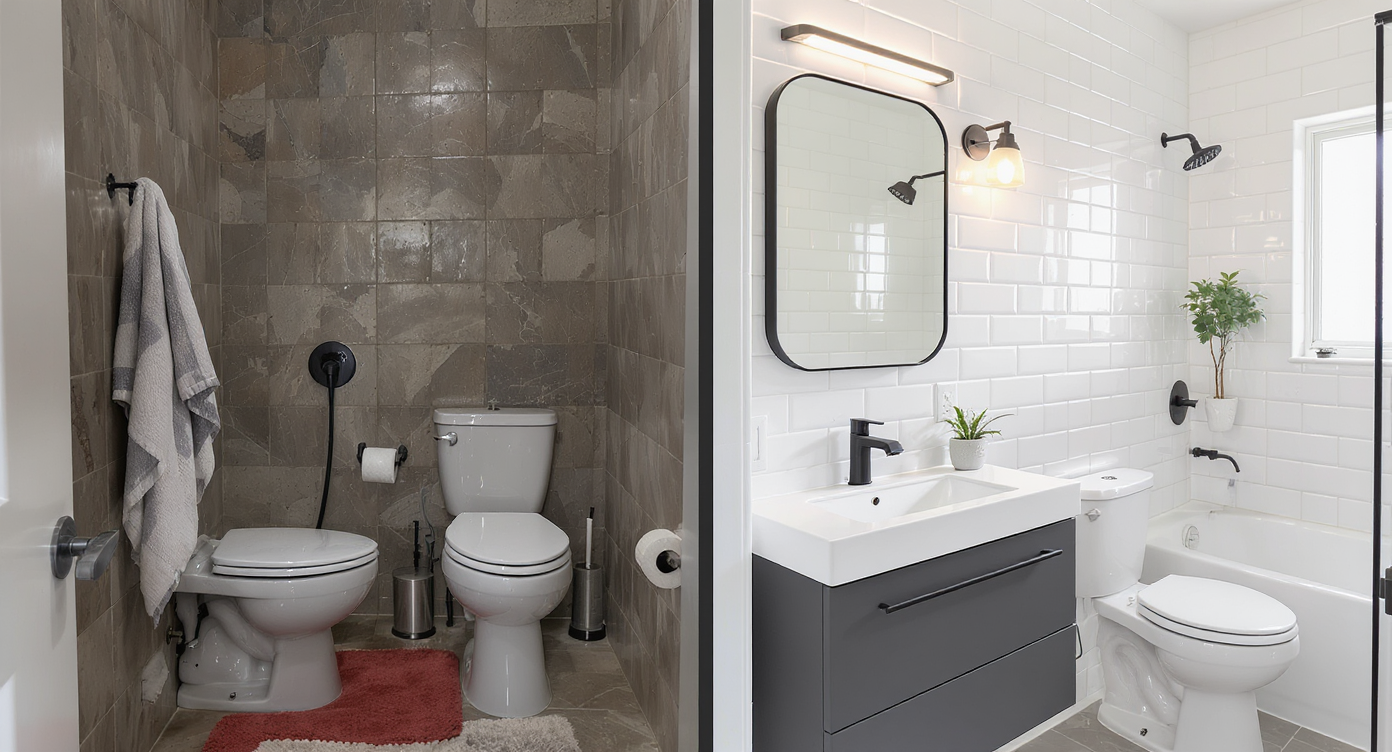
Virtual renovations illustrate clear design possibilities for kitchens and bathrooms, communicating value fast.
Virtual remodeling for kitchens and bathrooms is often the fastest way to communicate value in an outdated home. Virtual renovations are edited or AI-assisted visualizations that upgrade real estate photos to show realistic finishes, materials, and layouts that could be achieved in a remodel. Think of them as visual renovation planning: a kitchen with new shaker fronts and quartz, a bathroom with a walk-in shower and matte tile, or a yard with a refreshed deck and landscaping. These aren’t fantasy makeovers. They are renovation previews designed to reflect feasible changes so buyers can evaluate budget, sequence, and design before making an offer. Because they live inside listing photos, virtual makeovers meet buyers where they already are. The result is a clearer picture of post-close potential and fewer “I can’t see it” objections at showings.
Anecdote
A pink-tiled bathroom stalled a condo for 45 days. The agent added a virtually renovated version with white tile, a floating vanity, and updated lighting. The next showing brought a full-price offer with an as-is closing plus a modest seller credit.
Why Virtual Renovations Improve Listing Performance

Showing updated kitchens and bathrooms boosts a listing’s appeal and perceived property value instantly.
Kitchens and bathrooms disproportionately shape perceived value, so showing updated versions in photos can lift engagement rates and showing requests. - They close the imagination gap. Most people cannot visualize structural or finish changes from a blank room. Remodeling visualization shows the end-state, not just the to-do list. - They support investment clarity. Digital remodels help buyers, sellers, and investors price scenarios. Pre-construction visualization reduces risk by aligning scope, finishes, and cost expectations. - They match online-first behavior. The first showing happens on the phone. If a buyer sees a credible renovation path in photo one, they are far likelier to book an in-person tour. - They improve marketing assets. Virtual renovations give you multiple storylines for a single property: “as-is,” “light refresh,” and “full update.” That expands your audience and fuels ads, email, and social content. - They help appraisal conversations. Clear, feasible upgrade paths with before-and-after visuals can support value narratives when comps are dated. Across fix-and-flip previews, dated-estate listings, and rent-to-own scenarios, the right digital renovation can be the difference between a fast offer and months of price reductions.
Common Mistakes in Virtual Renovations (And How to Avoid Them)
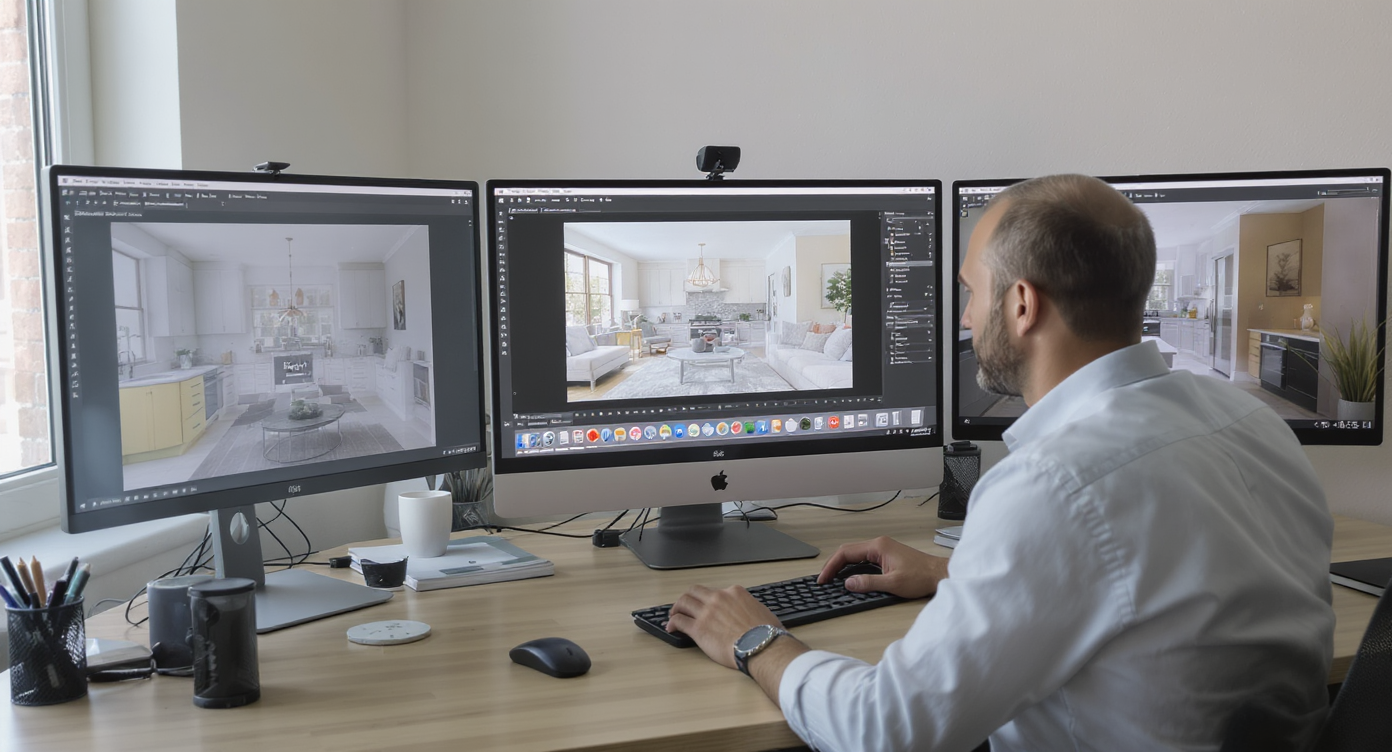
Transparency and realism in virtual renovations build buyer trust and prevent common editing pitfalls.
Transparency increases buyer trust, so label virtually renovated images and keep the edits realistic and feasible.
- Overly unrealistic materials or finishes. If it can’t be ordered or looks CGI, buyers will tune out.
- Changing the layout beyond feasibility. Moving load-bearing walls, plumbing stacks, or egress without noting feasibility erodes credibility.
- Ignoring structural limitations. Show what is architecturally plausible for the property type and market.
- Inconsistent lighting compared to original. Lighting direction and white balance should match the base photo to keep the image believable.
- Making the space unrecognizable. Keep key anchors and sightlines so buyers can map the render to the real room.
Pro Tips for Effective Virtual Renovations

Selecting authentic materials and scale ensures virtual renovations feel credible and actionable for buyers.
Accurate scale and material choices make virtual renovations feel trustworthy and actionable. - Start with feasibility. Use designs that align with common trades in your market. Don’t show a 10-foot island in an 8-foot kitchen. - Respect architecture. Pair styles with the home’s bones. A 1920s bungalow can go modern, but keep casing proportions, window grids, and trim logic. - Use consistent color science. Match white balance to the base image. Calibrate wood tones and metals so they don’t glow unnaturally. - Add credible construction cues. Show grout lines, realistic cabinet reveals, vent hoods with duct runs, and outlet placements where relevant. - Keep layout changes modest in photos. If you propose moving plumbing or reframing, note it in text rather than faking it in a way that implies it already exists. - Offer tiers. Present a light cosmetic refresh and a full digital remodel so buyers at different budgets can see options. - Label everything. “Virtual bathroom remodel concept” or “Digital remodel for kitchen and floors” clarifies intent and keeps you compliant with MLS standards.
Real Stories / Micro-Anecdotes
Clear vision reduces time on market, and even a single virtually renovated kitchen can drive more qualified tours. - The dated ranch kitchen: An agent listed a 1970s ranch with original cabinets and vinyl floors. They added a virtual renovation showing painted shaker doors, new LVP, and a simple peninsula. The listing copy linked costs to scope. Showings doubled the first weekend, and the home went under contract with an as-is price plus a seller credit toward the buyer’s selected finishes. - The investor preview: A small investor used digital renovation previews on a duplex acquisition memo. Side-by-side images showed bath retiling, vanity swap, and lighting for under a set budget. The lender greenlit the ARV assumptions faster, and the investor won the bid by demonstrating a clear plan. - The bathroom hesitation: A condo sat 45 days thanks to a pink tile bath. A virtual bathroom remodel with white subway, a floating vanity, and black fixtures reframed the conversation. A buyer offered list after seeing that the footprint worked and the upgrade would be straightforward.Soft Closing Reflection
Confidence is contagious in real estate. When buyers can visualize the end state, they negotiate with purpose, and sellers move forward without overspending on pre-list renovations.Visualization Scenario
Show a dated galley kitchen with dark wood and laminate. The virtual renovation replaces doors with warm white Shaker fronts, adds a quartz-look surface, extends a counter into a two-stool peninsula, swaps floors to light oak LVP, and introduces a panel-ready dishwasher. The render keeps the same footprint and notes a simple electrical update for new pendants.
FAQ
Clear labeling and honest scope notes keep virtual renovations compliant and buyer friendly. How do I show renovated designs in real estate photos without misleading buyers? Use clearly labeled virtual renovations and add a caption that the image is a digital renovation concept. Include a note about feasibility, permits, and costs so the remodeling visualization is informative and transparent. What’s the best way to visualize home remodels before selling? Create two or three virtual renovation options that range from cosmetic to full update. This helps buyers compare paths and supports the best way to visualize home remodels before selling. Are virtual renovations allowed on the MLS? Most MLS systems allow digitally altered real estate photos if they are labeled and not deceptive. Check rules locally and disclose that the images are virtual renovations for property listings. Which AI renovation tools for real estate agents are worth trying? Test AI renovation tools for real estate agents for fast ideation, then use a manual editor for photorealism. Combining both often yields the most credible digital renovation results. How much do virtual renovations cost and how fast is the turnaround? Costs vary by scope, from simple wall color changes to full virtual remodeling for kitchens and bathrooms. Turnaround typically ranges from 24 to 72 hours for most listing upgrades.
Tools & Resources
Clear tool choices help agents balance speed, cost, and quality in digital remodels. - For AI virtual renovations and quick remodeling visualization: ReimagineHome. Useful for fast concepting of virtual makeovers, multiple style tests, and iterative renovation previews. - For manual renovation editing and high-end visual reconstruction: Styldod. Helpful when you need photorealistic detail, complex material changes, or MLS-ready images with revision support. Pick the workflow that fits the listing story. Use AI for speed, then refine with expert editing when precision and polish are non-negotiable.
.svg)

.svg)

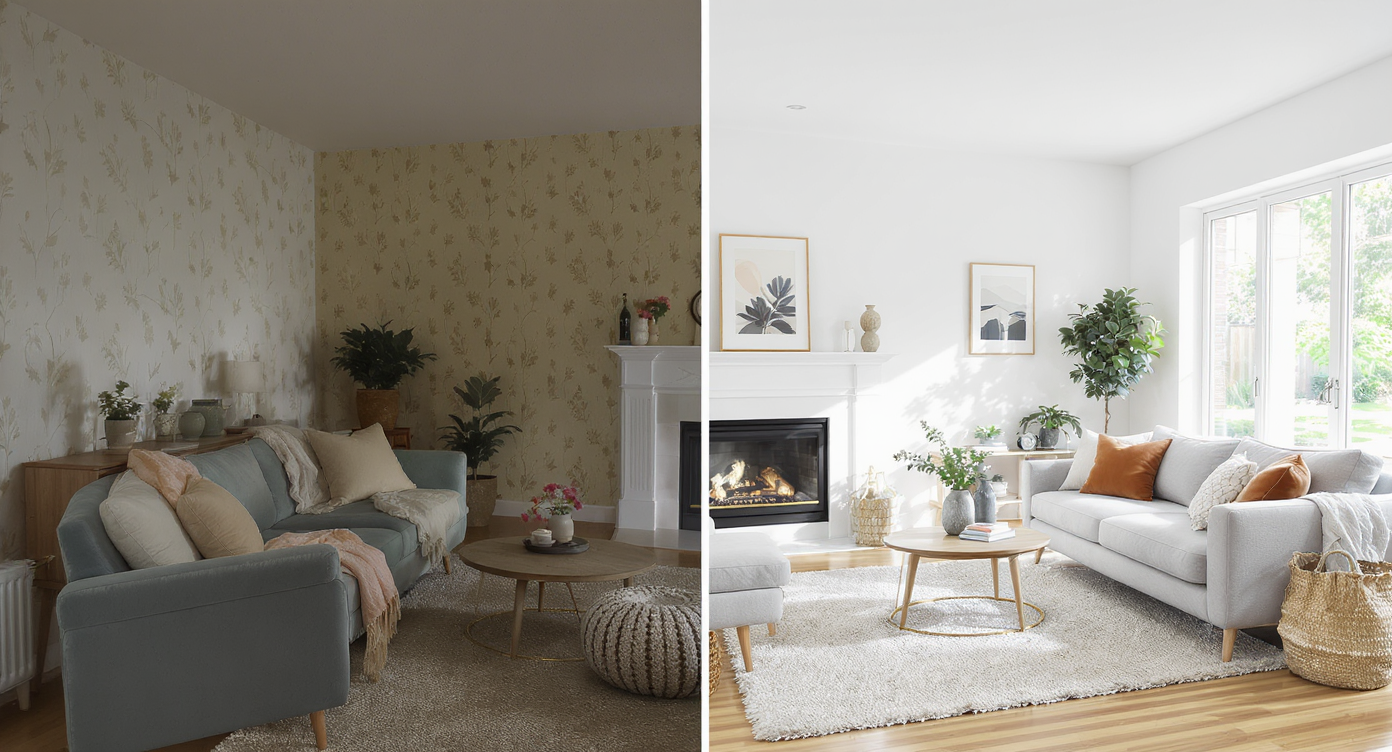

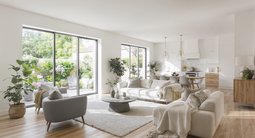





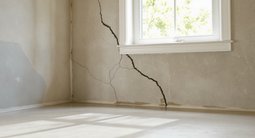
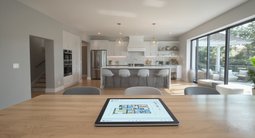



.png)